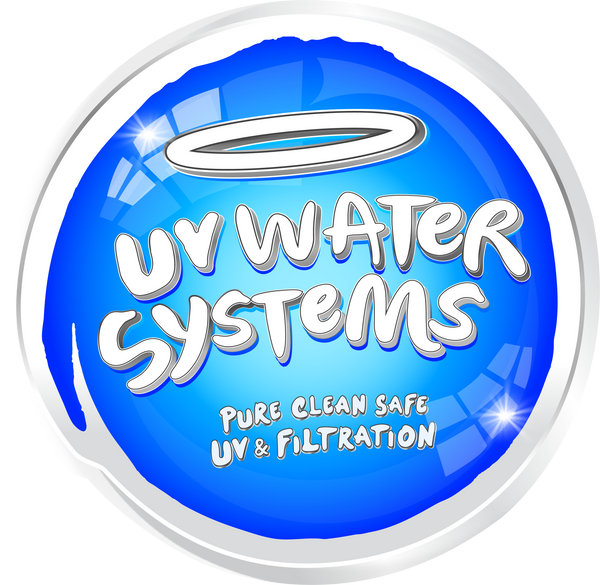Choosing the right water treatment system for your home in New Zealand can feel overwhelming. Walk into any hardware store and you'll see dozens of options. UV filtration systems. Reverse osmosis units, carbon filters, and each one claims to give you clean water.
Let's break down exactly how UV filtration differs from reverse osmosis and carbon filters. No technical jargon. Just straight facts about what works, what doesn't, and which system might be right for your situation.
What UV Filtration Actually Does?
UV filtration uses ultraviolet light to kill microorganisms in water. Think of it like a germicidal flashlight for your water supply.
The system contains a special lamp that emits UV light at 254 nanometers. Water flows past this lamp, and the UV rays penetrate disease-causing organisms, disrupting their DNA and rendering them incapable of reproducing.
UV water treatment eliminates 99.9% of harmful bacteria and viruses. That includes E. coli, Salmonella, Giardia, and Cryptosporidium. Here's the key point: UV filtration only kills living organisms. It doesn't remove anything physical from the water. Chemicals stay. Minerals remain. Sediment keeps flowing through.
How Reverse Osmosis Works Differently?
Reverse osmosis (RO) takes a completely different approach. This system physically removes contaminants by forcing water through an extremely fine membrane.
The semi-permeable membrane has 0.0001-micron pores. Water molecules pass through these tiny holes, while contaminants rebound off the membrane and get flushed away with wastewater.
RO systems remove thousands of contaminants. Heavy metals like lead, mercury, and arsenic. Chemicals, including fluoride and chlorine. Dissolved solids. Even some bacteria and viruses.
The downside? Traditional RO systems waste water at a 1:1 ratio. For every cup of clean water you get, another cup goes down the drain. This happens because the rejected contaminants need to be flushed away.
RO systems are expensive to buy and maintain and have very low flow. They also remove all the good minerals from water and leave nothing but the fluid.
What Carbon Filters Remove?
Carbon filters work through a process called adsorption. The activated carbon material attracts and traps specific contaminants as water flows through.
These filters excel at removing chlorine, which improves taste and smell dramatically. They also capture volatile organic compounds (VOCs), some pesticides, and certain chemicals.
Carbon filters come in different forms. Granular activated carbon (GAC) provides faster flow rates. Block carbon filters offer more thorough filtration but slower water delivery.
The limitation? Carbon filters don't kill bacteria or viruses. They can't remove dissolved minerals or salts. A carbon filter alone won't protect you from microbiological contamination.
Key Differences of Reverse Osmosis and Carbon Filters
Let's compare these three systems across factors that actually affect your decision:
What they remove:
● UV filtration: Bacteria, viruses, parasites (99.9%)
● Reverse osmosis: Almost everything, including minerals, chemicals, metals, and bacteria
● Carbon filters: Chlorine, chemicals, bad tastes, and some pesticides
What they keep:
● UV systems: Minerals, chemicals, sediment (everything except dead microorganisms)
● RO systems: Only pure water molecules
● Carbon filters: Minerals, most dissolved solids, bacteria
Water waste:
● UV filtration: Zero waste (all water that enters comes out clean)
● Reverse osmosis: High waste (traditionally 50% or more gets discarded)
● Carbon filters: Zero waste
The Bottom Line
UV filtration, reverse osmosis, and carbon filters serve different purposes. Understanding these differences helps you choose wisely.
UV systems kill microorganisms while preserving water chemistry. They're cost-effective, low-waste, and perfect for biological contamination concerns.
Reverse osmosis removes almost everything, delivering the purest water possible. But it costs more, wastes water, and strips beneficial minerals.


